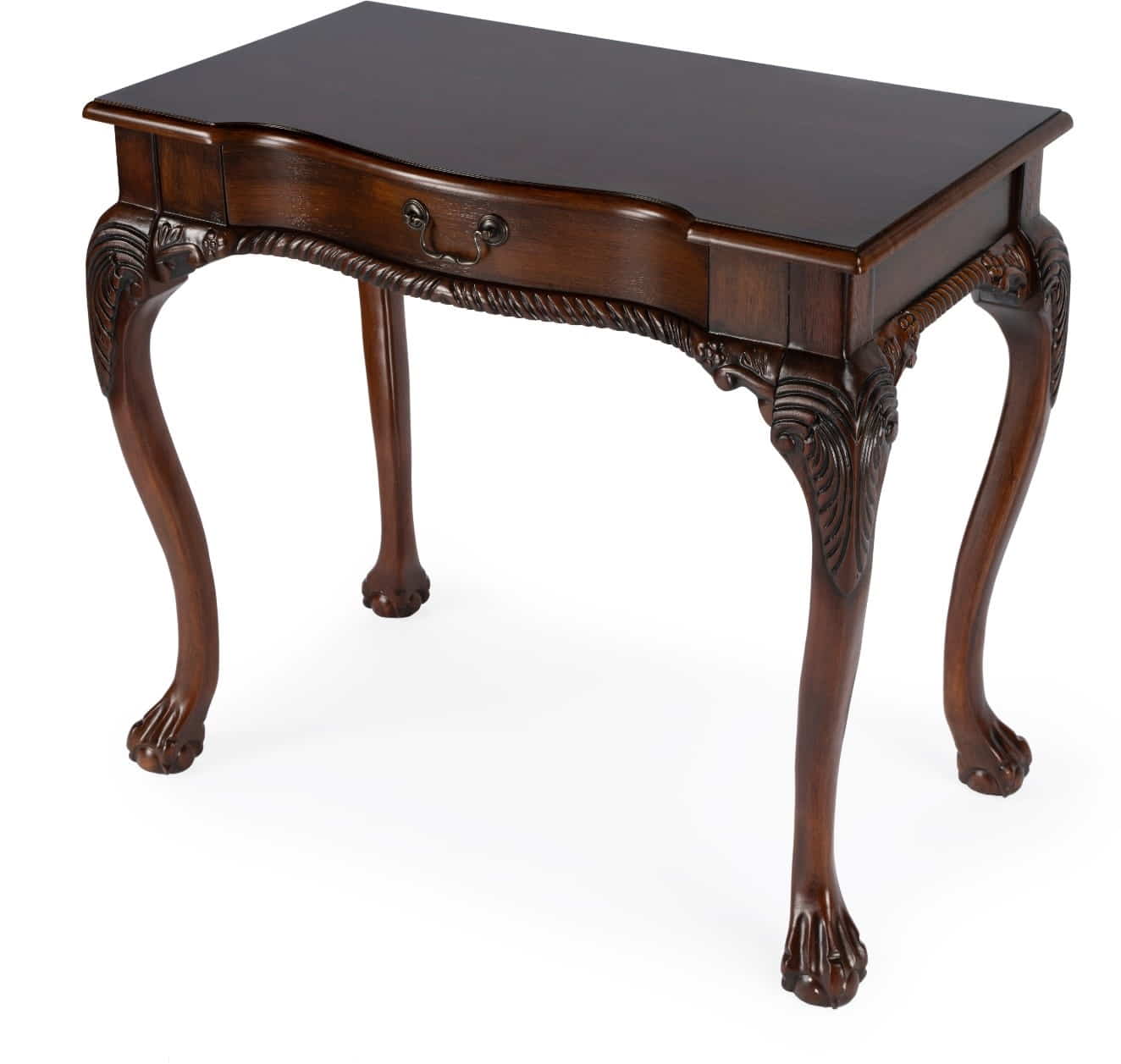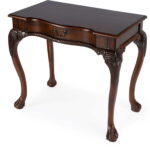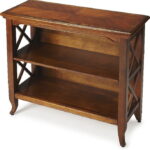
When you invest in high-quality wood furniture, it’s like bringing a piece of nature’s artistry into your home. Crafted by skilled wood furniture makers, each piece has its own unique grain patterns and character. But like any valuable possession, wood furniture needs the right care to maintain its beauty and longevity. Let’s dive into ten essential tips for keeping your wooden treasures looking their best.
1. Clean Regularly, but Gently
You’re hosting a dinner party, and as you set the table, you notice a layer of dust on your elegant oak dining table. Dust is inevitable, but regular cleaning can prevent it from settling into the wood grain. Use a soft, lint-free cloth slightly dampened with water to wipe down the surface. Avoid harsh chemicals; they can strip away the natural oils in the wood, making it dry and brittle.
2. Mind the Moisture
Wood and water are not the best of friends. Picture a rainy day where you forget to close the windows, and water droplets find their way onto your beautiful coffee table. Water can cause warping, stains, and even mold growth. Always use coasters for drinks and promptly wipe up any spills. For added protection, consider placing a humidity control device in the room to maintain a stable environment.
3. Use Protective Finishes
Every piece of wood furniture deserves a good coat of protection, like a knight donning armor before a battle. Wax or polish your furniture every few months to create a barrier against moisture and scratches. Products specifically designed by a wood furniture manufacturer are best, as they enhance the natural luster without causing buildup.
4. Avoid Direct Sunlight
Imagine sitting in the same sunny spot day after day. Eventually, you’d get a tan, right? Well, wood furniture tans too, but not in a flattering way. Prolonged exposure to direct sunlight can cause fading and discoloration. Position your furniture away from windows or use curtains and blinds to filter out harsh rays. Rotating your furniture occasionally also helps distribute any light exposure evenly.
5. Control the Temperature and Humidity
Wood is sensitive to fluctuations in both temperature and humidity. High temperatures can cause wood to dry out and crack, while high humidity can lead to warping and mold growth. Maintain a stable indoor climate with moderate humidity levels, and avoid placing furniture near heat sources like radiators or fireplaces. Consider using a humidifier or dehumidifier to regulate moisture levels as needed.
6. Handle with Care and Use Protective Measures
Remember when you were a kid and your mom told you not to drag your chair across the floor? Turns out, she was right. Always lift furniture instead of dragging it to avoid unnecessary stress on joints and legs. Use felt pads or coasters under the legs of chairs and tables to prevent scratches on both the furniture and your floors. When placing objects on wood surfaces, use felt pads on the bottom to avoid leaving marks or imprints. Rotate decorative items regularly to prevent uneven fading or pressure points.
7. Be Mindful of Weight Distribution and Use Trivets
Overloading your furniture is like asking your car to carry a load of bricks—it’s just not built for it. Avoid placing excessively heavy items on wood surfaces, especially those not designed to bear significant weight, like delicate coffee tables or slender side tables. Distribute weight evenly to avoid pressure points that can cause sagging or cracks. Always use trivets or heat-resistant pads under hot dishes and cookware to protect wood surfaces from heat damage.
8. Regularly Check and Tighten Hardware, Lubricate Moving Parts
Your wood furniture is like a reliable old friend; sometimes, it needs a little tightening up. Periodically check the screws, bolts, and other hardware to ensure everything is secure. Loose joints can lead to wobbly legs and frames, which can, over time, compromise the integrity of the piece. Lubricate any moving parts like drawers or hinges with a silicone-based lubricant to ensure smooth operation and prevent wear.
9. Use Appropriate Cleaning Products and Techniques
Occasionally, your furniture will need more than just a dusting. For deeper cleaning, use a mild soap diluted in water. Remember that less is more; a soft cloth lightly moistened with the solution will do the trick. Rinse with a clean, damp cloth to remove any soap residue, and dry thoroughly with a soft, dry cloth. Always test any cleaning product on an inconspicuous area first.
10. Refinish or Repair When Necessary
Even the best-kept wood furniture can show signs of wear over time. Refinishing is like giving your furniture a spa day—it rejuvenates its appearance and extends its life. If you notice scratches, dents, or fading, consider sanding the surface and applying a fresh coat of stain or paint. For more extensive damage, consult a professional furniture restorer to ensure proper repair.
Types of Finishes: Common finishes include oil, wax, lacquer, and polyurethane. Oil finishes penetrate the wood and enhance its natural beauty, while wax provides a soft, natural look. Lacquer and polyurethane offer more durable protection, ideal for high-traffic areas.
Tools Needed: Basic tools include sandpaper, a paintbrush or rag, and the chosen finish. For more extensive refinishing, you might need a sander and wood filler.
Safety Precautions: Always work in a well-ventilated area, wear protective gloves and eyewear, and follow the manufacturer’s instructions for each product.
Specific Care for Different Wood Types
Different types of wood have specific care needs. Here’s a quick guide:
- Oak: Highly durable and resistant to wear, but can darken over time. Regular dusting and occasional oil treatments keep it looking fresh.
- Walnut: Known for its rich, dark color, walnut requires regular polishing and should be kept away from direct sunlight to prevent fading.
- Cherry: This wood darkens and gains character with age. Avoid placing it in direct sunlight to ensure even darkening.
- Maple: Hard and dense, maple is prone to scratches. Use protective measures like coasters and pads to prevent damage.
Conclusion
Caring for wood furniture is more than just maintenance; it’s about preserving a piece of art that holds memories and history. By following these comprehensive tips and taking preventive measures, you can ensure your wooden treasures remain beautiful and functional for generations to come. Remember, well-maintained wood furniture is not only a source of pride but also a sustainable choice that reduces the need for replacements and minimizes environmental impact.
When purchasing new pieces, consider sourcing from a reputable wood furniture manufacturer to ensure high quality and craftsmanship.










Leave a Reply